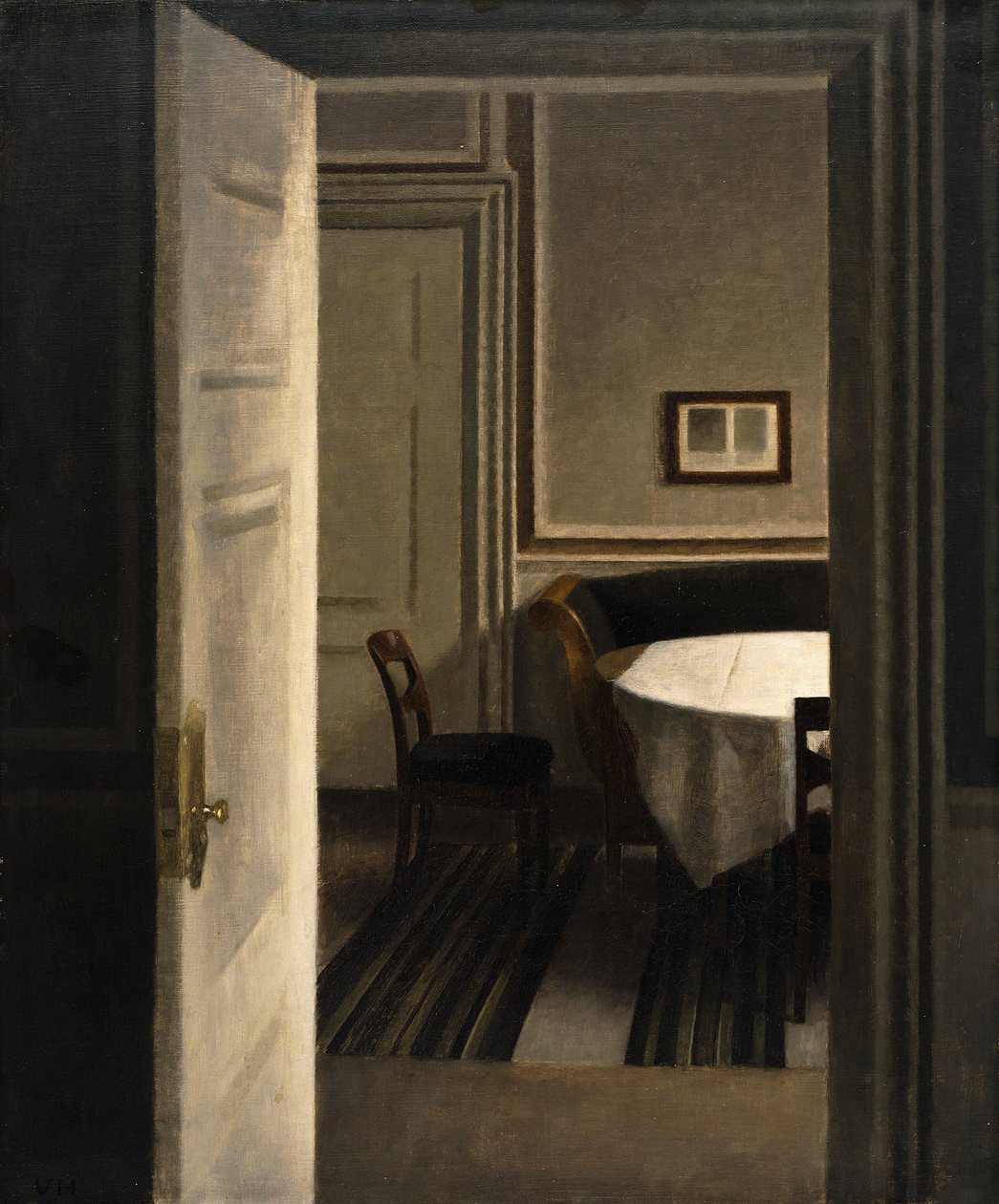At the edge of a dense forest, in the waning light of 19th-century Europe, a woman withdraws into the walls of her manor. Helena, a 55-year-old matriarch, begins to fill the silence left by her children’s absence with plants — rare, foreign, resilient. As the seasons shift and the rooms grow quieter, the house transforms: furniture gives way to flowerbeds, carpets to soil, and conversation to the rustle of leaves.
What begins as a gesture of care and beauty becomes something else entirely. The house, once a symbol of control and grace, is slowly engulfed by the very nature Helena cultivates. And outside, beyond the garden, rumours circulate of a blight spreading across the land — a plague with no clear beginning, no name, no cure.
A gothic elegy to order undone. A meditation on aging, solitude, and the thin line between cultivation and destruction. With each leaf that unfurls, the distance between woman and garden narrows, until it is no longer clear where one ends and the other begins.



